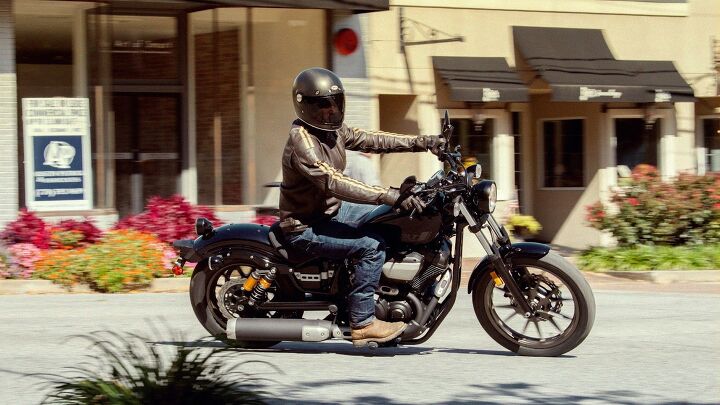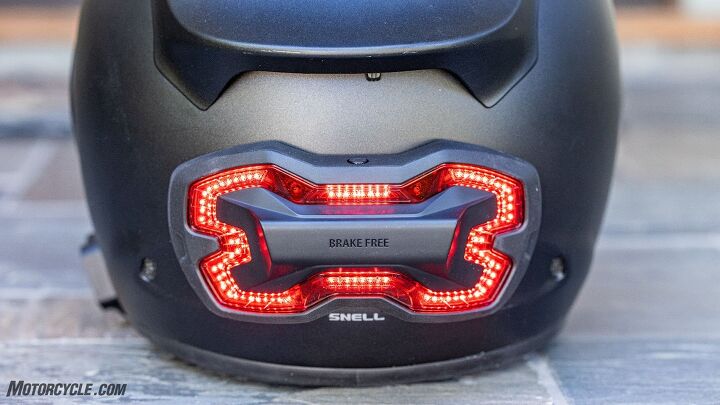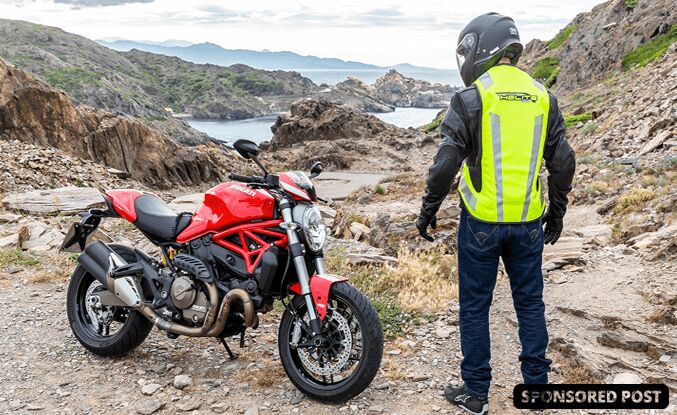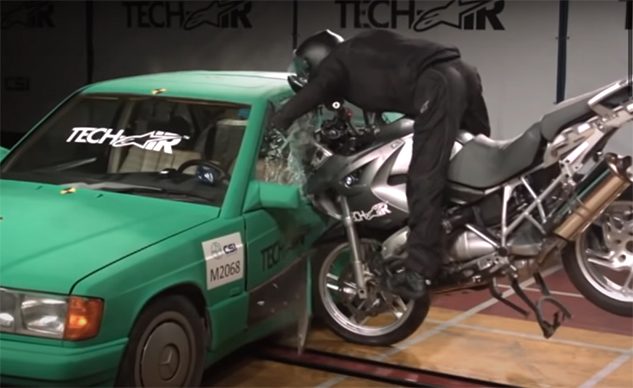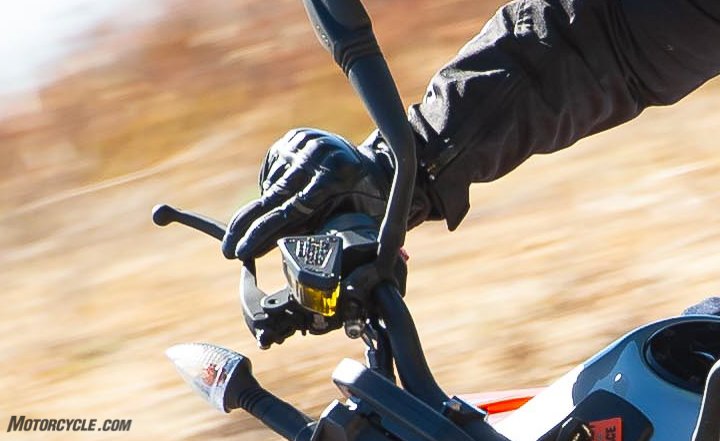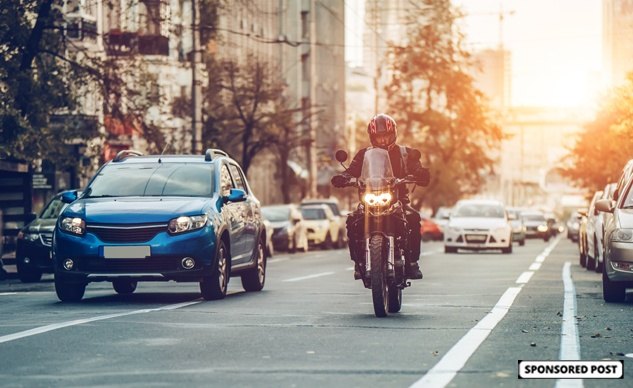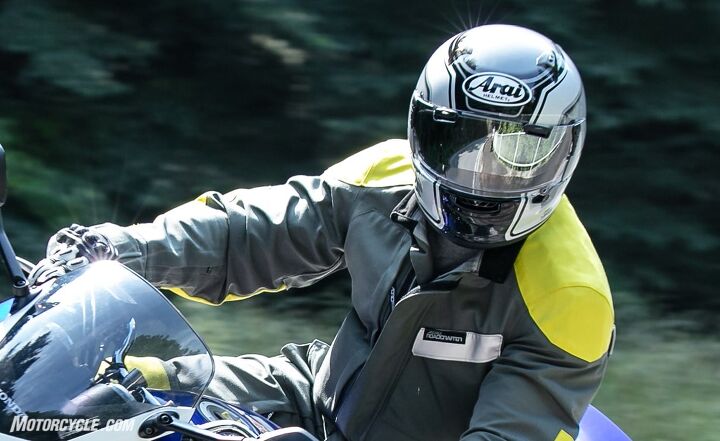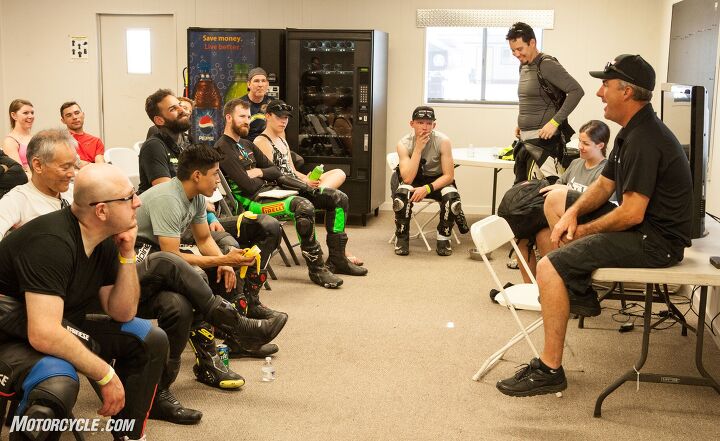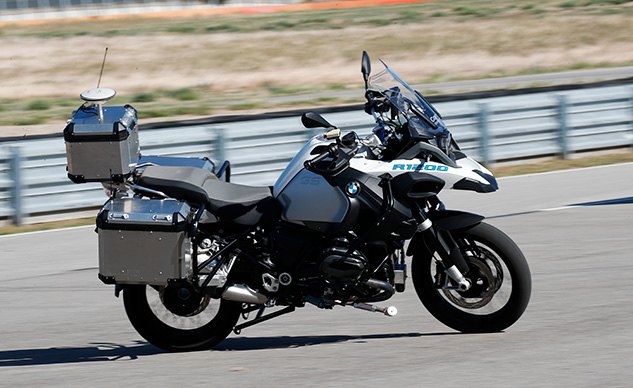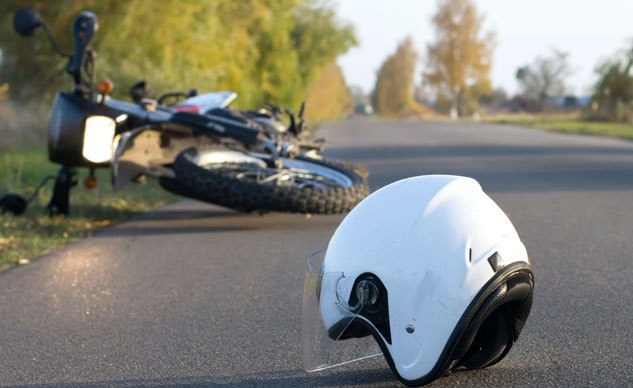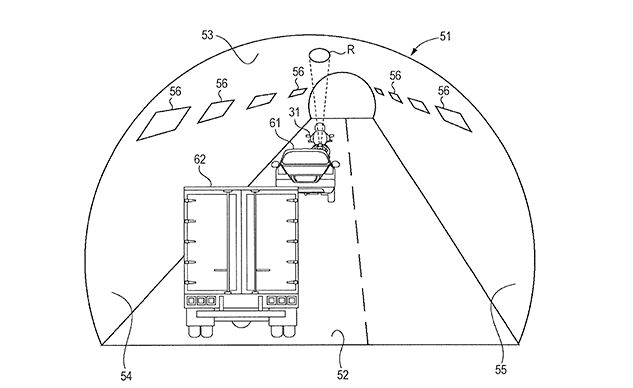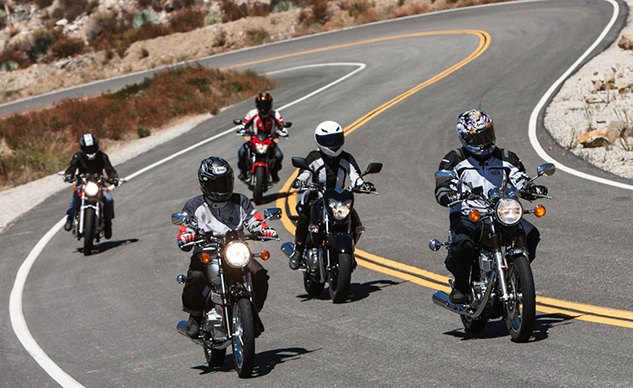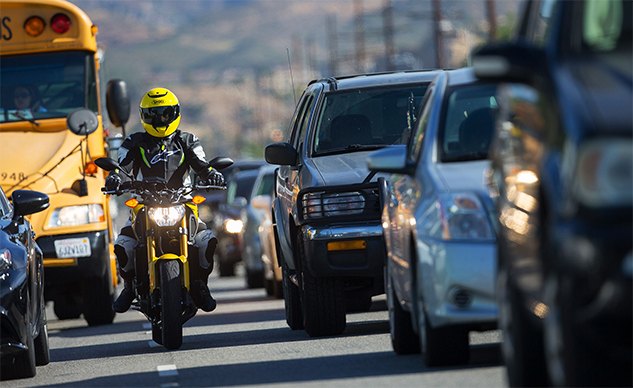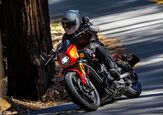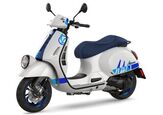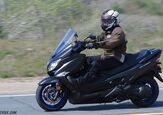#safety
Survival Skills for New Riders
Aboard their motorcycles, new riders face a brave new world. Not literally, of course. But from the standpoint of learning fresh physical skills, powers of observation, actions and reactions, and embedding vital strategies for survival, it certainly is. If this is you, first and foremost locate, attend, and successfully complete a Motorcycle Safety Foundation (MSF) course in your area. Then prepare for and pass the written and riding tests, as required by your state’s department of motor vehicles (DMV).
MO Tested: Brake Free Helmet Brake Light Review
I love a simple-but-good idea. In today’s ever-increasing climate of distracted drivers, we need something to attract attention to motorcyclists. Like many riders, I’ve relied on bright-colored and/or reflective gear to increase my conspicuity. However, they all depend on light striking them, particularly retro-reflective materials. Additionally, riding gear says nothing about the current dynamic state of the motorcycle and its rider. That’s why the Brake Free Helmet Brake Light initially caught my attention. Further inspection made me want to give the product a try.
Limited Edition Motorcycle.com EarPeace Moto Pro Earplugs For Motorcycle Safety Month!
Here at Motorcycle.com, all of our staff wear earplugs every time we ride. We value our hearing, and we want to make sure we can hear our bikes’ exhaust note for years to come. Consequently, we’ve tested tons of different types and brands of earplugs. What’s really cool is that, after seemingly generations of little movement beyond the foam plugs of old, we’re currently in a period of technological growth in earplugs.
A Breath of Fresh Air: Introducing the Helite Turtle 2 Airbag Vest
We’re big fans of motorcycle airbag technology here at MO, especially our own Troy Siahaan who learned first hand how effectively an airbag can protect a rider in a crash.
Crash Tested: Alpinestars Tech-Air 5 Airbag System
Writing a Crash Tested review is never something we want to do, but if I’m going to write one, then this one is especially important. If you weren’t aware, a couple months ago while comparing the Triumph Speed Twin and BMW R nineT, I was hit by a car. I flew over the hood of the car, did a flip in the air, landed on my shoulder, and rolled to a stop. It sucked, but thankfully I was able to walk away, injury-free albeit pretty sore.
New Rider: Two-Fingered Braking
Many of us are products of MSF rider education courses and are quite familiar with the admonition to use all four fingers on the front brake for maximum control. While I support that rule for beginning riders, it is one that we quickly outgrow once we start logging miles out in the real world. I first began to notice the shortcomings of this rule when I anticipated in traffic that I might need to use the brakes. Covering the brake lever with four fingers makes it quite difficult to control the throttle. Then there were the magazine photos of all my heroes blatantly using two fingers on the front brake. Two-fingered braking appeared to address the problems I was encountering as an urban rider. (It was only later that I learned that it opened up a new world of braking techniques.)
Everything You Wanted To Know About MIPS
Stop and think about helmets for a minute. Undoubtedly the most important piece of safety equipment motorcyclists wear, have you thought about what goes into testing a helmet? Basically, a helmet is dropped straight down onto a surface and the results of the impact are measured. That’s all well and good, but there’s more to a crash than the impact itself. And besides, how many accidents involve the rider falling straight down, as if dropped from a building?
Kisan Electronics Wants to Keep You (and Your Bike) Safe From Distracted Drivers
Have you ever wanted to grab an oblivious motorist and scream “CAN YOU SEE ME NOW?” after narrowly avoiding a crash? There’s no doubt that the number-one cause of multi-vehicle crashes involving motorcycles is a car violating a motorcycle’s right of way at an intersection. “I didn’t see him!” is the frequent excuse. “He came out of nowhere!” Sure. “MAYBE IF YOU WEREN’T INSTAGRAMMING YOUR LAUNDRY LIST YOU WOULD HAVE NOTICED ME,” you scream in your fantasy dialogue. What can we do to combat the motorcyclist’s arch-nemesis: the distracted driver?
MO Tested: Arai Regent-X Review
Arai was in a bit of a pickle. The company felt it was making the best helmets possible, but couldn’t get some riders to try them on. You see, the round shape of the Arai helmet made for a somewhat tight opening at the bottom of the helmet. Apparently, when trying on Arais, some folks were getting the helmet down to their ears and not liking how snug the opening was. Then they either decided not to try on the helmet or (worse) selected a larger size that slipped on easier but offered a less secure fit. Had they persisted and gotten the lid over their ears, they would have learned that the interior of Arais are as comfortable as you would expect from a helmet from a premium brand. This realization was the genesis for the Arai Regent-X.
8 Reasons You Need To Go To A Riding School
For many, the thought of going to school has never been very exciting – I know I spent a large chunk of my youth counting down the days until school was over. But really, the reason many of us couldn’t wait to get leave the classroom was because the subjects were pretty boring. While we were physically in the classroom, our minds kept wandering to the one thing we’d rather be doing – riding motorcycles!
BMW Develops Autonomous R1200GS
BMW has developed an autonomous motorcycle that can operate without a rider. BMW showed off a prototype based on an R1200GS to journalists last week in southern France, demonstrating its ability to start up, accelerate, corner and come to a stop without any human input
Tips For Administering Motorcycle First Aid
The worst-case scenario has just happened: someone has crashed their motorcycle. You’re the first (and possibly only) one on the scene, and not knowing what condition the rider is in, it goes without saying that every second counts. Do you know what to do? What follows are some general tips to follow in case you’re put in the scenario to potentially save a life. In this lawsuit-crazy world we live in we also have to clarify the Motorcycle.com staff are NOT medical professionals, and everything mentioned here is superseded by proper medical training. Which brings up another point – if you don’t already have basic medical training, get it.
Suzuki Developing Tunnel Lighting System for Motorcycles
Suzuki has filed patent application for a system that would improve a motorcycle’s visibility when traveling through a tunnel.
Top 10 Ways to Stay Alive When You're Learning to Ride
Kind of when it comes to love, money, work, international diplomacy – everybody has to learn the hard lessons on their own. Some other things, though, it’s good to learn from those more experienced, those who’ve slid around the block a few times on their head. Well, sister, that’s me. There’s a lot to take in and understand when learning how to ride a motorcycle. It all looks so easy and fluid from afar, but there’s a lot that’s all happening at the same time, and it can be somewhat overwhelming. Fortunately, just like anything new, starting will be the hardest part. Here’s our best advice for staying safe while you get your sea legs.
Ford is Developing a Lane-Splitting Detection System
Ford’s patent application was filed on Nov. 23, 2016 but only published May 24, 2018, by the U.S. Patent and Trademark Office. Coincidentally, application was published just a week before General Motors settled a lawsuit with a motorcyclist involved in an accident with one of its autonomous cars.



